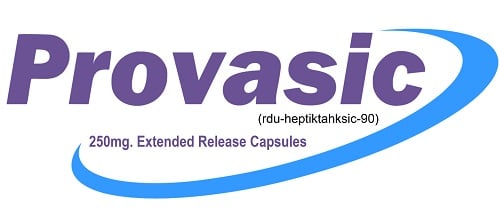Int Orthop. 2022 Mar 28. doi: 10.1007/s00264-022-05389-y. Online ahead of print.
Clinical outcomes following intradiscal injections of higher-concentration platelet-rich plasma in patients with chronic lumbar discogenic pain
Cole Lutz 1, Jennifer Cheng 2, Meredith Prysak 3, Tyler Zukofsky 3, Rachel Rothman 2, Gregory Lutz 4 5
Affiliations expand
PMID: 35344055 DOI: 10.1007/s00264-022-05389-y
Abstract
Purpose: This study aimed to assess clinical outcomes following intradiscal injections of higher-concentration (> 10 ×) platelet-rich plasma (PRP) in patients with chronic lumbar discogenic pain and to compare outcomes with a historical cohort.
Methods: This retrospective study included 37 patients who received intradiscal injections of higher-concentration (> 10 ×) PRP and had post-procedure outcomes data (visual numerical scale pain score, Functional Rating Index [FRI], and NASS Patient Satisfaction Index). Outcomes were compared to a historical cohort of 29 patients who received intradiscal injections of < 5X PRP.
Results: Pain and FRI scores significantly improved by 3.4 ± 2.5 and 46.4 ± 27.6, respectively, at 18.3 ± 13.3 months following intradiscal injections of > 10 × PRP (p < 0.001). These improvements were greater than those reported by the historical cohort (1.7 ± 1.6 and 33.7 ± 12.3; p = 0.004 and 0.016, respectively). Additionally, the satisfaction rate was higher in patients receiving > 10 × PRP compared to those receiving < 5 × PRP (81% vs. 55%; p = 0.032).
Conclusions: Findings from this study suggest that clinical outcomes can be optimized by using PRP preparations that contain a higher concentration of platelets. Further research is needed to continue to optimize the composition of PRP used to treat patients with lumbar disc disease.
Keywords: Lumbar discogenic pain; Outcomes; Platelet-rich plasma; Platelets, Historical.

 www.sciencedirect.com
www.sciencedirect.com



